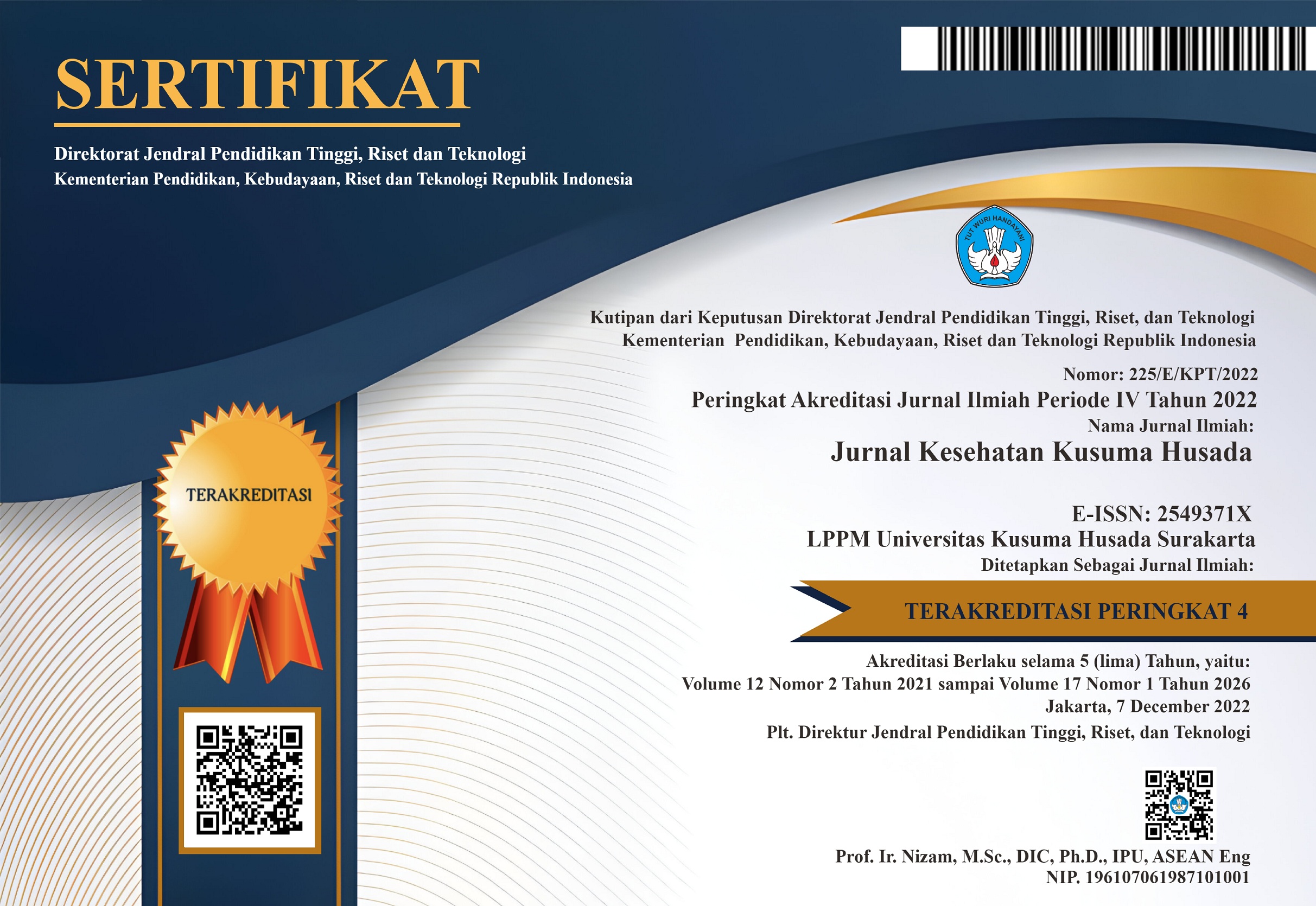Author Guidelines
Author Guidelines
The systematics of the article are: Title, Name and Institution Author, Abstract, Introduction, Implementation, Research Methods, Results and Discussion, Conclusions, Acknowledgments (if any) and References. While articles in the form of Literary Studies or other Scientific Reviews, the systematics are: Title, Name and Institution Author, Summary, Introduction, Chapter Section reviewed, Conclusion and Bibliography.
Title
Written in Indonesian, short and clear.
Author's Name and Institution(s)
Written without an academic degree, the institution is written under the name by means of superscripts 1), 2), 3) and so on.
Download Surat Pernyataan Author
Abstract
Written in English and Indonesia (Ringkasan), a maximum of 300 words, contains highlights of research results and are related to the title of the article. Other literature studies/scientific reviews follow.
Background
Contains background and problem formulation, literature citation, objectives and benefits, and contribution of results.
Methods
Contains the time and place of research, types and techniques of data collection, hypotheses (if any), data analysis and interpretation techniques.
Results and Discussion
Contains the results of research and discussion. In discussing the results of the study, it is recommended that a review of the relevant literature be followed. The titles of tables and figures/graphics/illustrations are numbered and begin with a capital letter followed by a lowercase letter If there is a photo (black and white), it must be printed on glossy white paper and accompanied by a description.
Conclusion
Conclusions based on the results obtained by referring to the title of the study.
Suggestion
Suggestions are written based on the research results obtained
Acknowledgments (if any)
Can be written the name of the individual or agency that helped a lot in conducting the research.
Reference
Compiled using Harvard style. It is recommended to use applications in writing and compiling references such as Mendeley®.
For example, if the literature is taken from scientific journals:
Hennemann S, Böhme K, Baumeister H, et al 2018, ‘Efficacy of a guided internet-based intervention (iSOMA) for somatic symptoms and related distress in university students: study protocol of a randomised controlled trial’, BMJ Open, vol. 8, no. 13. doi: 10.1136/bmjopen-2018-024929
For example, if the literature is taken from a book:
Polit, DE & Beck, CT 2008, Nursing research: Generating and assessing evidence for nursing practice, 8th ed, Lippincott Williams & Wilkins, Philadelphia, PA.
Example when taken from the internet:
World Health Organization 2008, The global burden of disease: 2004 update, World Health Organization, Geneva, Switzerland. Retrieved from: http://www.who.int/healthinfo/global_burden_disease/GBD_report_2004update_full.pdf











